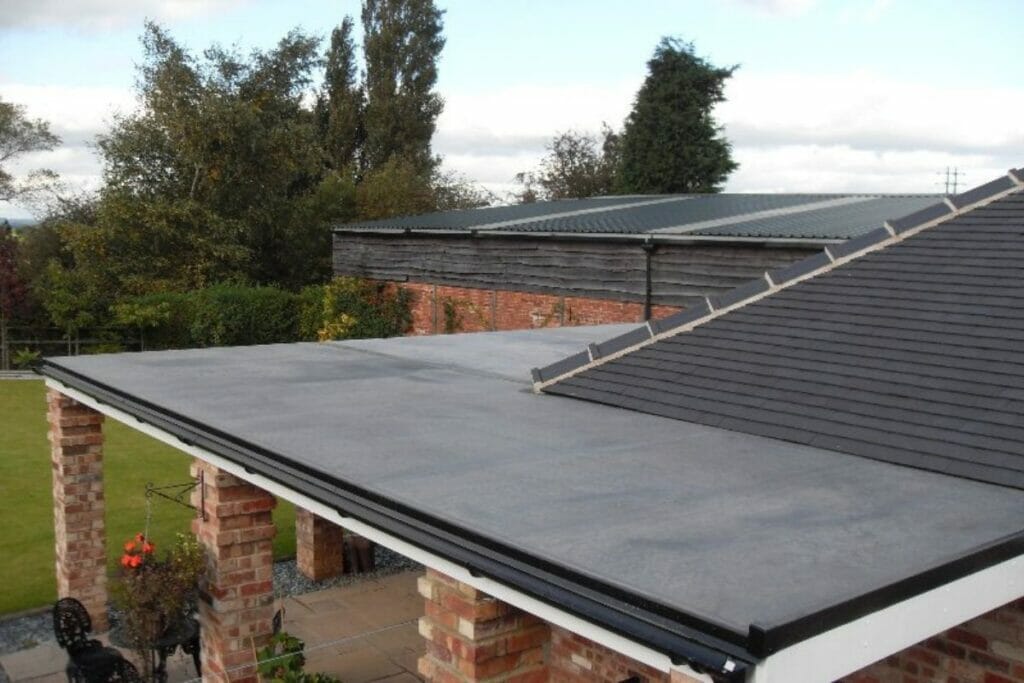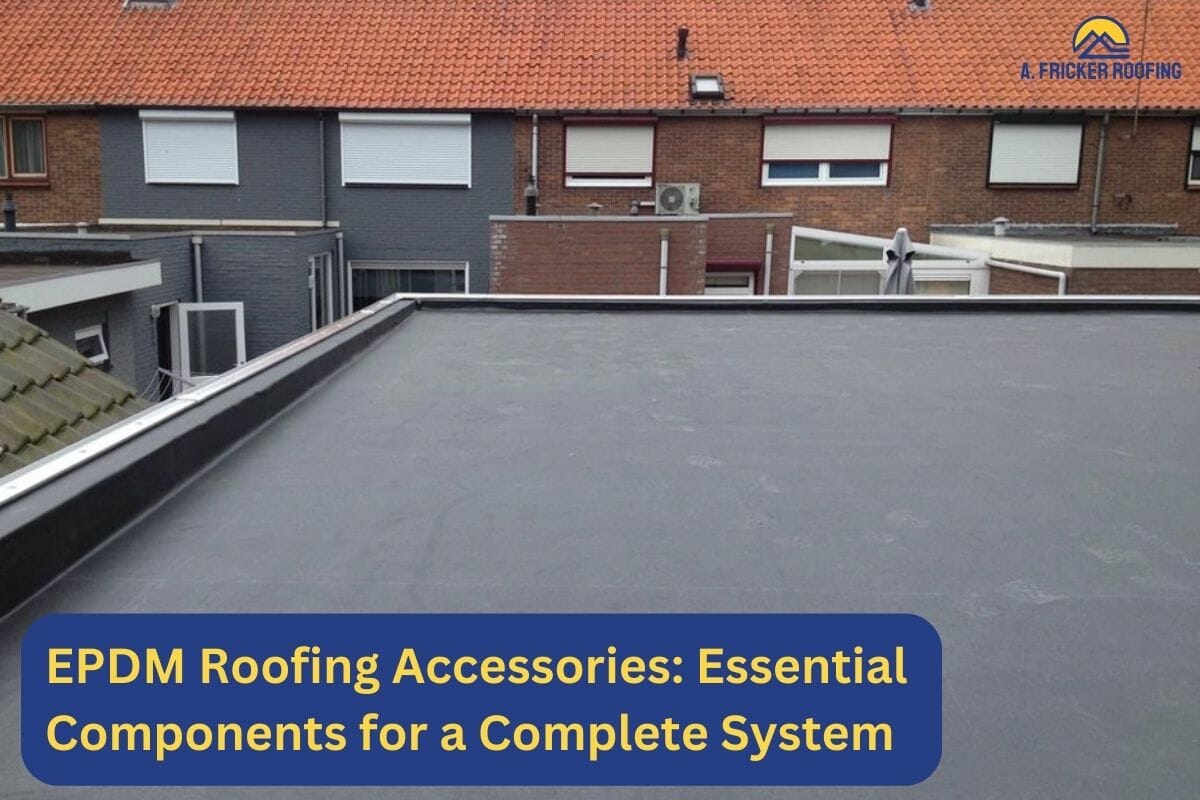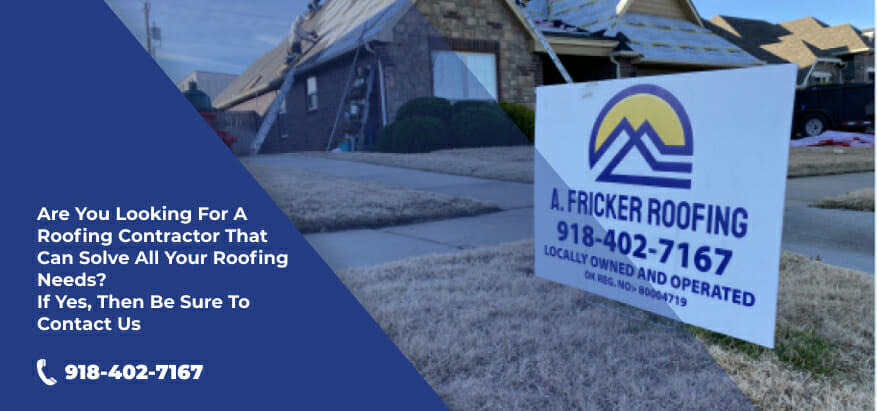EPDM roofing systems have gained a well-deserved reputation as reliable and durable solutions for both residential and commercial buildings.
This rubber-based roofing material offers exceptional resistance to weather elements and can withstand years of exposure without significant deterioration. However, to ensure the longevity and maximize the benefits of an EPDM roof, it’s crucial to consider essential accessories that play a key role in its performance.
Understanding EPDM Roofs: A Weather-Resistant Marvel

EPDM roofs are crafted from a synthetic rubber membrane that boasts exceptional weather-resistant properties, making them ideal for various climates and environmental conditions. Its high resistance to UV rays, chemical exposure, and extreme temperatures allows it to maintain its integrity for an extended period, ensuring your roof stays robust through the years.
Advantages of EPDM Roofing: Affordable and Durable
Cost-Effectiveness of EPDM Roofing: Long-Term Savings
EPDM roofs offer long-term cost savings due to their impressive durability and longevity. Although the initial installation cost might be slightly higher than some flat roofing materials, the reduced need for repairs and replacements over the years makes it a cost-effective choice in the long run. Furthermore, the affordable installation process saves you both time and labor costs.
Durability and Longevity: Facing the Elements with Ease
EPDM roofs exhibit outstanding resistance to various weather conditions, including heavy rain, hail, snow, and strong winds. They remain flexible even in extreme temperatures, preventing cracks and leaks.
The material’s UV-resistant properties also shield the roof from harmful sun rays, preventing degradation and premature aging. With proper maintenance, the average lifespan of an EPDM roof is around 20 to 25 years, and it can even exceed this estimate.
Versatility and Ease of Installation: A Perfect Fit for Every Roof
EPDM roofing is compatible with different roof styles, including flat roofs and low-sloped roofs. Its lightweight and flexible nature makes it easy to transport and install, adapting to the shape of the roof without adding excessive weight. The straightforward installation process further reduces the overall installation time and labor costs.
Energy Efficiency Benefits: Keeping Your Building Comfortable
EPDM roofing provides excellent insulation, reducing heat transfer and keeping the interior cooler in summer and warmer in winter. This insulation properly helps lower heating and cooling energy consumption, resulting in reduced energy bills and a reduced carbon footprint, making it an eco-friendly choice.
Sustainability: EPDM Is Environmentally Friendly
The manufacturing process of EPDM roofing involves environmentally friendly methods, minimizing harm to the ecosystem. At the end of its life cycle, EPDM roofing materials can be recycled and reused, promoting sustainability and reducing waste.
EPDM roofs also contribute to better air quality as they do not emit harmful substances or volatile organic compounds (VOCs).
Also Read: 7 Serious Disadvantages of EPDM Roofing
Essential Accessories for a Complete EPDM Roofing System
To ensure your EPDM roof performs at its best, consider these crucial accessories:
EPDM Roofing Membrane: The Foundation
The EPDM roofing membrane is at the core of every EPDM roofing system. It serves as the foundation, shielding the roof from moisture and external damage. Its remarkable flexibility allows it to adapt to various roof shapes, making it an ideal choice for unconventional roof designs.
Adhesives and Sealants: Keeping It All Together
The effectiveness of an EPDM roof heavily depends on the adhesives and sealants used during installation. These materials ensure a strong bond between the EPDM membrane and the roof deck, preventing water infiltration and air leaks.
Flashings: Protecting Vulnerable Areas
Flashing is an essential component that protects vulnerable areas of the roof, such as the corners, edges, and joints. EPDM flashing provides a watertight seal, safeguarding the roof against potential leaks in high-risk zones.
EPDM Seam Tape: Enhancing Strength and Stability
Seam tape is designed to enhance the overall strength and stability of the EPDM roofing system. This tape acts as a complement to adhesives, ensuring that seams remain intact and durable under varying weather conditions.
EPDM Bonding Adhesive: For Secure Attachment
Properly bonding the EPDM membrane to the roof deck is critical for the roof’s overall performance. EPDM bonding adhesive offers a secure and long-lasting attachment, providing peace of mind for property owners.
EPDM Patch Repair Kits: Dealing with Emergencies
Accidents and damage can happen unexpectedly. EPDM patch repair kits come to the rescue by providing an immediate fix for small punctures and tears, preventing further damage until a permanent repair can be carried out.
EPDM Termination Bars: Securing The Edges
EPDM termination bars play a crucial role in securing the edges of the roofing membrane. These bars create a tight seal along the roof’s perimeter, enhancing its resistance to wind uplift and water penetration.
EPDM Uncured Flashing: Versatility and Customization
EPDM uncured flashing offers unmatched versatility as it can be custom-formed to fit unique roof details and shapes. This feature ensures a perfect fit for challenging roof installations, leaving no room for potential leaks.
EPDM Pipe Boots: Sealing Around Protrusions
Pipes and other protrusions can be problematic areas for roof leaks. EPDM pipe boots provide a tight seal around these protrusions, preventing water from seeping into the roof system.
EPDM Walkway Pads: Preserving the Roof’s Integrity
Frequent foot traffic on the roof can cause abrasions and damage the EPDM membrane. EPDM walkway pads offer a protective layer, preserving the roof’s integrity and extending its lifespan.
EPDM Roof Coatings: Additional Protection and Reflectivity
Roof coatings offer an extra layer of protection to the EPDM membrane. These coatings enhance the roof’s durability and can improve its energy efficiency by providing reflective properties.
Gutters and Downspouts: Proper Roof Drainage
A well-designed EPDM roofing system should include a proper gutter and downspout system. These components ensure efficient roof drainage, preventing water buildup that could lead to structural damage and leaks.
A Step-By-Step Guide to Install EPDM on Flat Roofs
Assess the Roof: Ensuring a Solid Foundation
Before you start on an EPDM installation, it’s essential to assess the condition of your flat roof. Take a close look at the roof’s structure to ensure it can handle the weight of the EPDM and any additional loads. Look out for any signs of damage or areas that require repairs before proceeding further. A solid foundation is key to a successful roofing project.
Gather Materials and Tools: Equipping Yourself for Success
To get started, gather all the necessary materials and tools required for the EPDM installation. Choosing the right EPDM membrane and adhesive is crucial, as they should align with your roof’s specific requirements.
Additionally, make sure you have other tools and equipment, such as rollers, brushes, and seam rollers, on hand to assist you during the installation process. Having everything prepared will save you time and ensure a smoother experience.
Prepare the Roof’s Surface: A Clean Canvas for EPDM
Properly preparing the roof’s surface is a vital step in ensuring a successful EPDM installation. Take the time to thoroughly clean the roof, removing any debris, dust, or contaminants that might hinder the adhesive’s effectiveness. Address any damaged areas and ensure proper drainage to prevent water from pooling on the roof.
Measure and Cut the EPDM Membrane: Precision Matters
Accurate measurements are the backbone of a seamless EPDM installation. Take precise measurements of your roof’s surface area and add on extra length for the overhang.
Once you have the measurements, use a sharp tool like a utility knife to cut the EPDM membrane to the appropriate size. Being meticulous at this stage will save you from headaches later on.
Apply the Adhesive: Sticking It All Together
The next crucial step is applying the adhesive to the roof’s surface. Ensure you thoroughly understand the adhesive application process and follow the manufacturer’s guidelines.
Apply the adhesive evenly, avoiding any puddles, as this could compromise the integrity of the installation. Work in small sections to ensure the adhesive remains tacky during the process.
Install the EPDM Membrane: The Main Event
Now comes the exciting part – installing the EPDM membrane! Roll out the EPDM on the roof and carefully position it. Be patient and take your time to avoid wrinkles and air bubbles during installation. Utilize folding and rolling techniques to manage large sheets effectively.
Join the EPDM Sheets: Ensuring A Watertight Integrity
Joining the EPDM sheets at the seams are critical to achieving a watertight and seamless finish. Take the time to understand the process and use the appropriate method for fastening the seams on your specific roof.
Common methods include splice adhesive, seam tape, and liquid adhesives. A well-executed seam installation will provide enhanced protection against leaks and ensure the longevity of your roofing system.
Flashing: The Finishing Touch
Proper detailing and flashing are essential for boosting the performance of your EPDM roof. Address the edges and corners of the roof to provide a neat finish and improved protection against water penetration. Install flashing in critical areas to prevent any potential water damage and maintain the integrity of your roofing structure.
Do You Want To Install EPDM On Your Commercial or Residential Property?

Now that you know the essential components required for EPDM roofing, you can better understand where you need to invest your money and time. Many times, property owners who choose a DIY roof installation spend more on materials that are less important or buy too much, which eventually increases the installation cost.
If you are new to DIY roof installation, the chances are you may miss things, and your roof isn’t something you want to experiment with. Therefore, we always recommend hiring a professional contractor for installations and investing in high-quality materials to ensure the longevity of your EPDM roof.
Do you want to hire a professional roofing contractor for your EPDM roof in Tulsa, OK? Contact A. Fricker Roofing and Waterproofing today at (918) 402-7167 and consult with one of our experts. We are a team of skilled roofers who you can trust and rely on for any roofing project, and we’re ready to help you!

